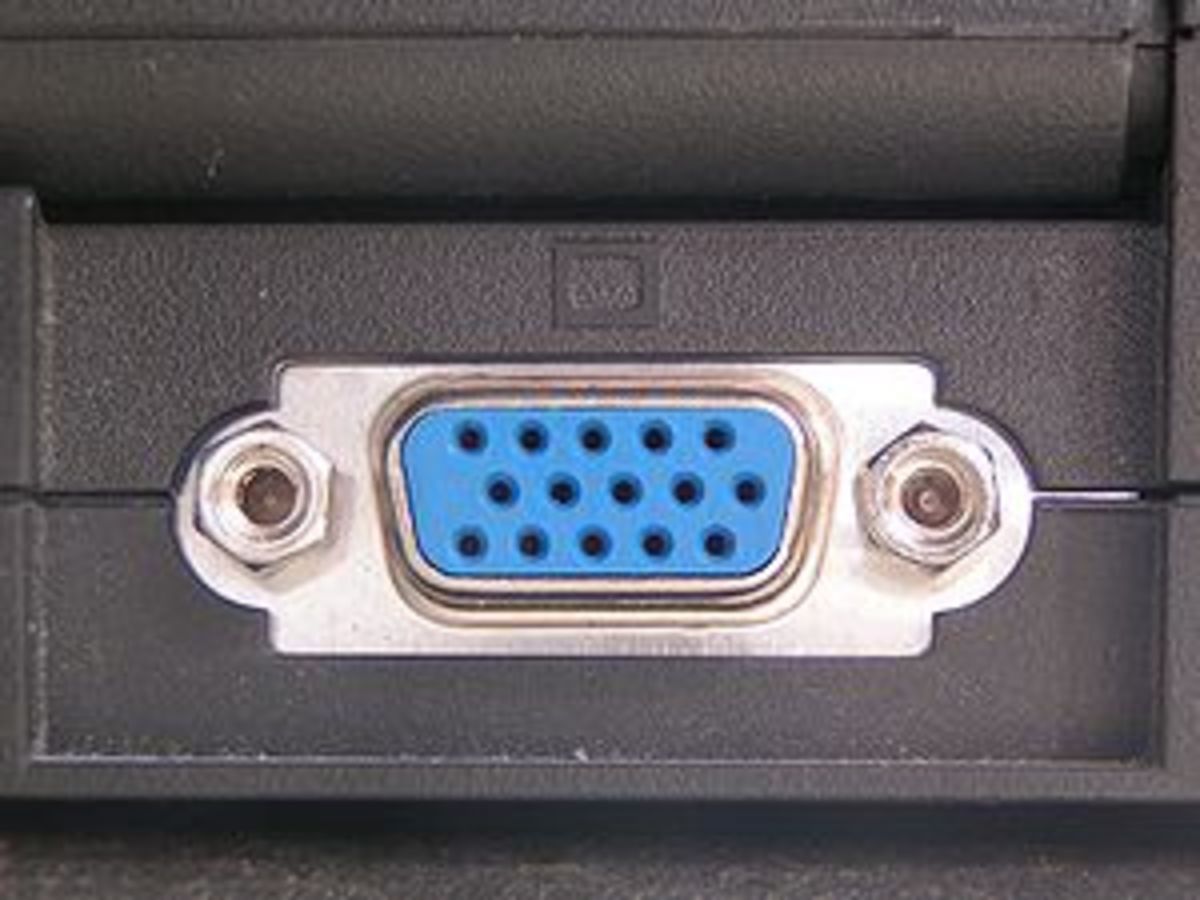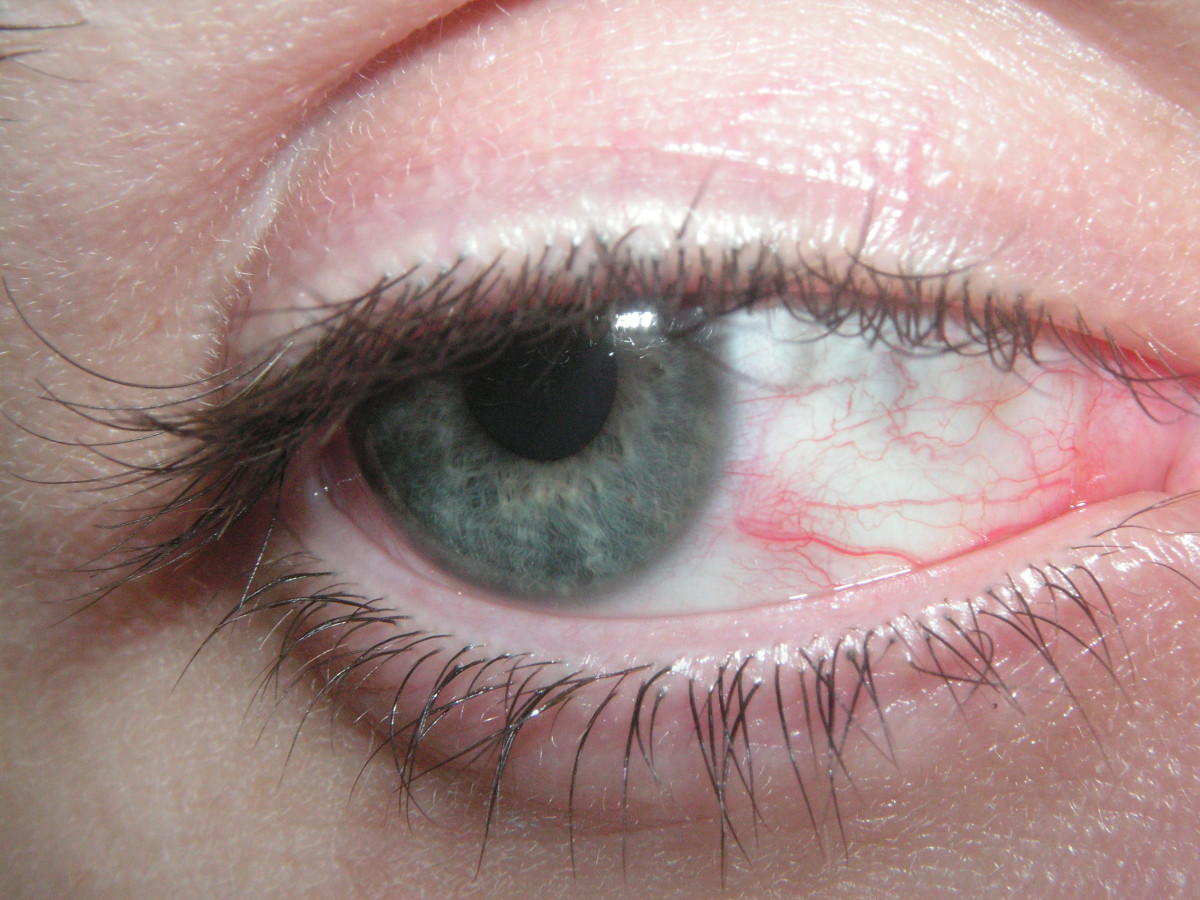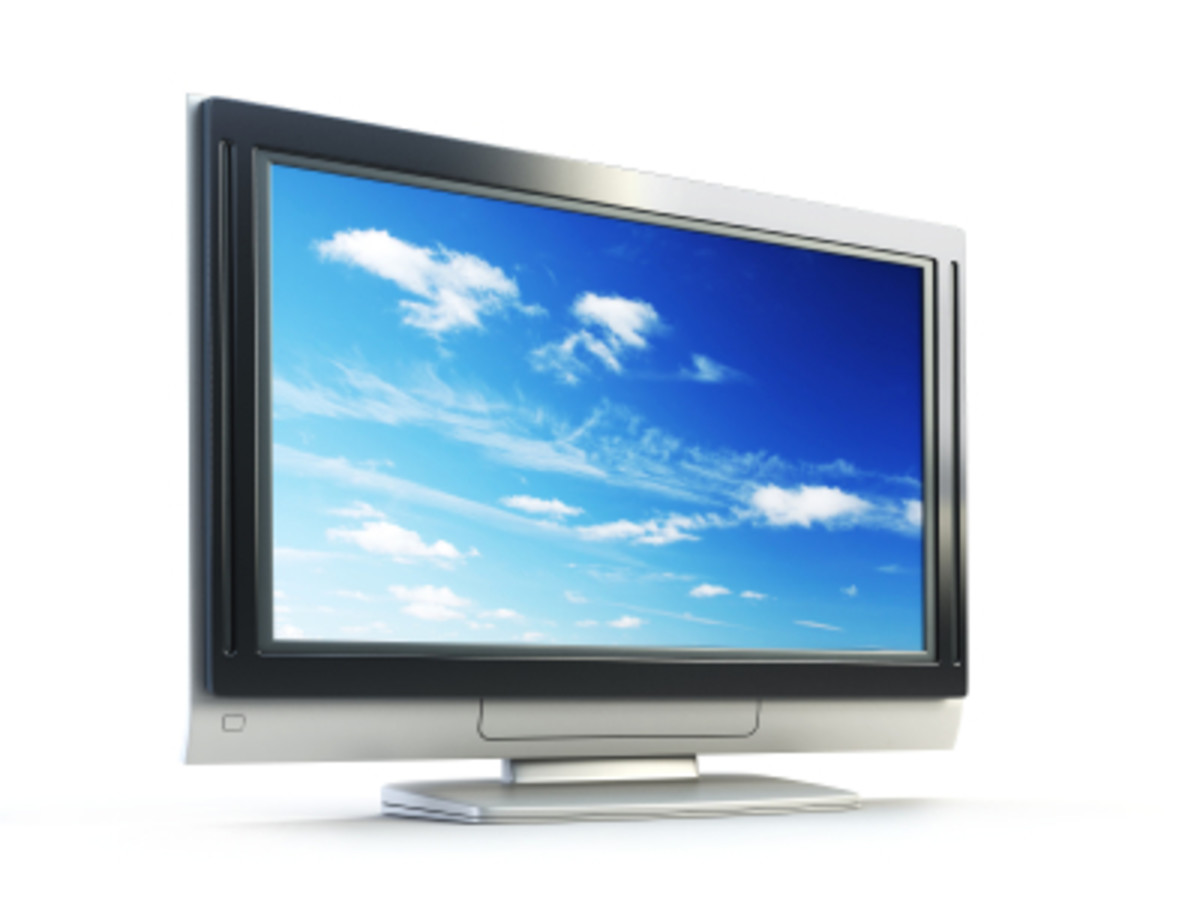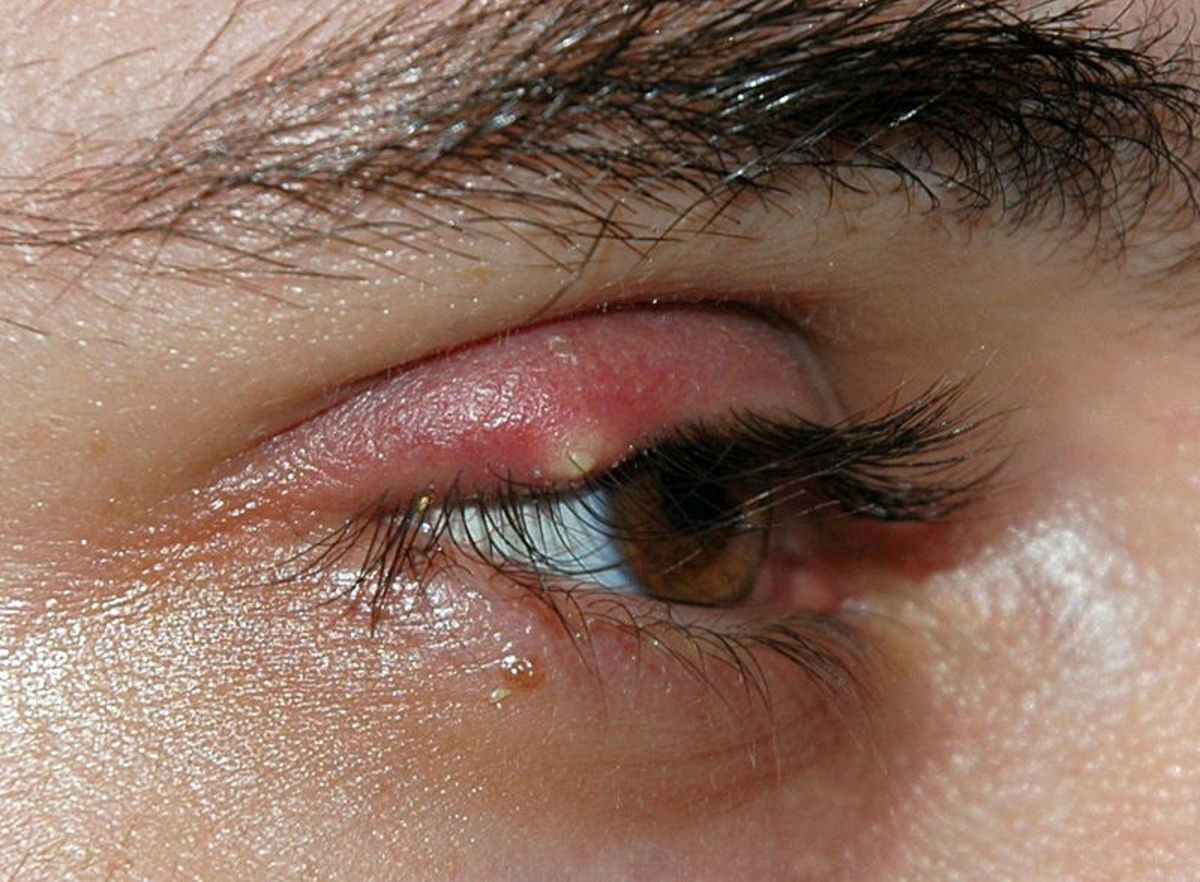Eye Strain Headaches Computer Monitor
Computer Eyestrain
Check out my personal e-card for Brian Nelson - These days it seems like everyone is using a computer. Whether for work, play, or for a combination of both, using a computer and staring at a computer screen can cause eyestrain headaches and other issues. Unfortunately, the cause of eye strain and computer eye issues is often misunderstood with the solutions sometimes leaving computer users worse off than they were before. As a professional freelance writer, I have to look at a computer screen all day long, so it was important for me to finally figure out what causes eye problems from looking at a monitor.
To understand the causes of computer monitor eyestrain, it is important to understand the basics of how the eye operates when it comes to computer screens. When this basic knowledge is understood troubleshooting tired eyes, dry eyes, and eyestrain, all becomes much easier.
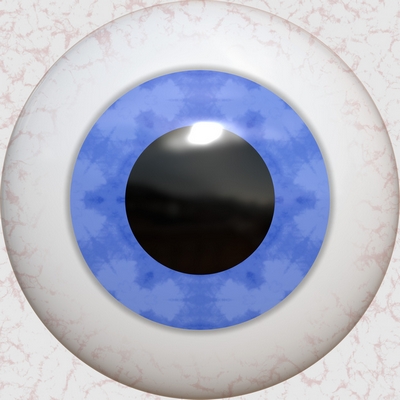
Computer Eye Problems
Computer monitors rightly get much of the focus when people complain about headaches, puffy eyes, tired eyes, or dry eyes from using a computer. However, while the monitor is what allows eye problems to occur, it is often far from being the only culprit. In fact, in many cases, the computer screen is not the cause of fatigued eyes or itchy eyes at all.
There are two major issues that must be addressed to properly understand computer related eye problems.
First, as everyone knows, the human eye dilates in response to the amount of light available. More specifically, the pupil dilates based upon how much light is entering the eye and striking the retina. This is not an instant process. If you have every seen a picture of someone staring back at you with big bright red eyes, you've seen this in action.
A camera flash is actually very bright. It often leaves the subject seeing spots for a short period of time afterward. However, it is also very fast. By the time the light enters the eye and the pupil contracts, the light has already bounced off the back of the retina and back out through the pupil, causing the famous red-eye picture.
Red-eye reduction works by pre-flashing the flash a few times before actually taking the picture. As the bright light enters the subject's eyes, the pupils get smaller and when the "real" flash goes off, a smaller opening exists for the light to both go through (less gets in) and bounce back out of (less comes back out) resulting in less red eye. Even better is to use a home photography studio setup with enough light that you don't need a flash.
Computer monitors can be very bright, but ironically, like the pictures, the pupil may actually not be reacting to the amount of light being shown from the monitor.
Correctly Adjust Monitor and Lighting
I recently got glasses. They are for reading and computer use. They come, as most glasses do with a UV protection and an anti-glare coating. Not sure which one has the impact, but I find my eyes are less tired while wearing my computer glasses.
Many offices have lighting that is actually too bright. Whether it is a sun-filled window, or a bunch of overhead fluorescent lights, the level of brightness is above the optimal level. This is true of virtually every office, including a home office, because people often judge a room as "too dark" based on walking into it. Of course, this is before the eyes have time to adjust. The result is installing the brightest lights available.
Since most workers don't have any say in how bright the office is, the solution is to properly adjust your computer screen to prevent eye fatigue. Stopping the fatigue caused by eyestrain will also cure most eyestrain headaches as well. Unfortunately, smart computer configurations aren't always easy to make.
To adjust your monitor correctly, set the Brightness and Contrast settings to their maximum. Then, adjust the Contrast down until the screen is approximately as bright as the wall behind it. Then, adjust the Brightness setting down until the white areas of the computer screen start to turn dull and gray, or start to seem either blue or red (monitor dependent). This should be the basic monitor brightness and contrast settings to prevent eyestrain.
This will seem WAY too dark. That is because your eyes are used to the brighter monitor setting. For this reason, adjust your monitor at the end of the day according to this method and then go home. When you come in the next morning, get used to being in your workspace before turning on your computer. Check your messages, look at your calendar, or whatever.
After about 5 minutes go ahead and turn on your computer screen. It won't seem so dark now!
Fine tune the adjustments to your own personal tastes by making small changes in the settings. However, only make adjustments during the first part of the day like this. Otherwise, you'll be right back where you started with an overly bright monitor.


